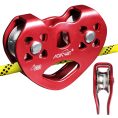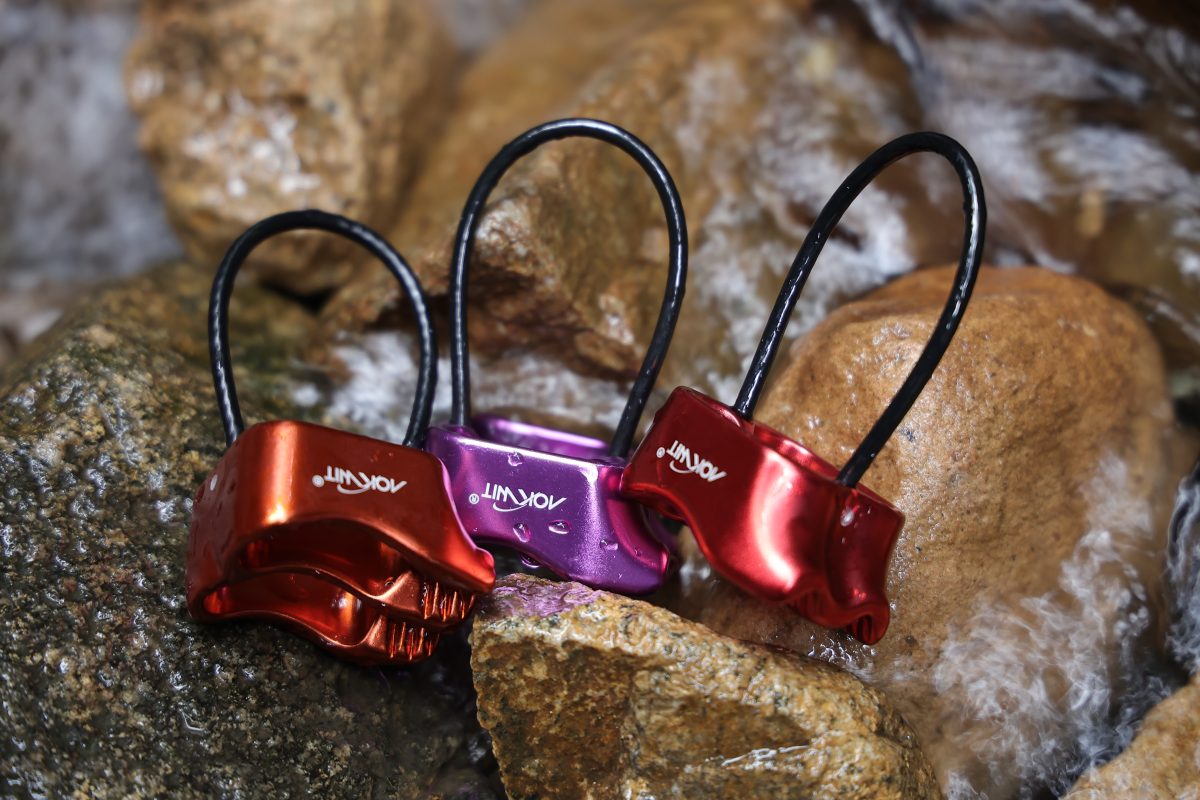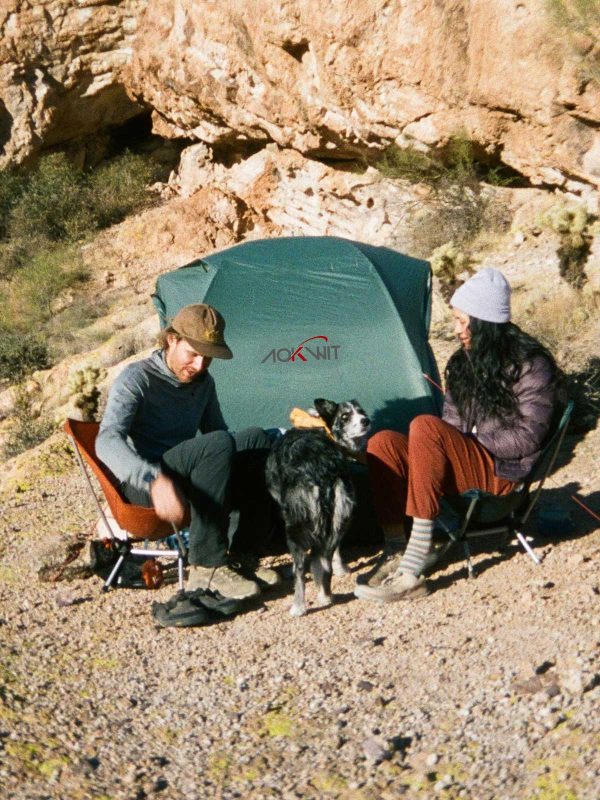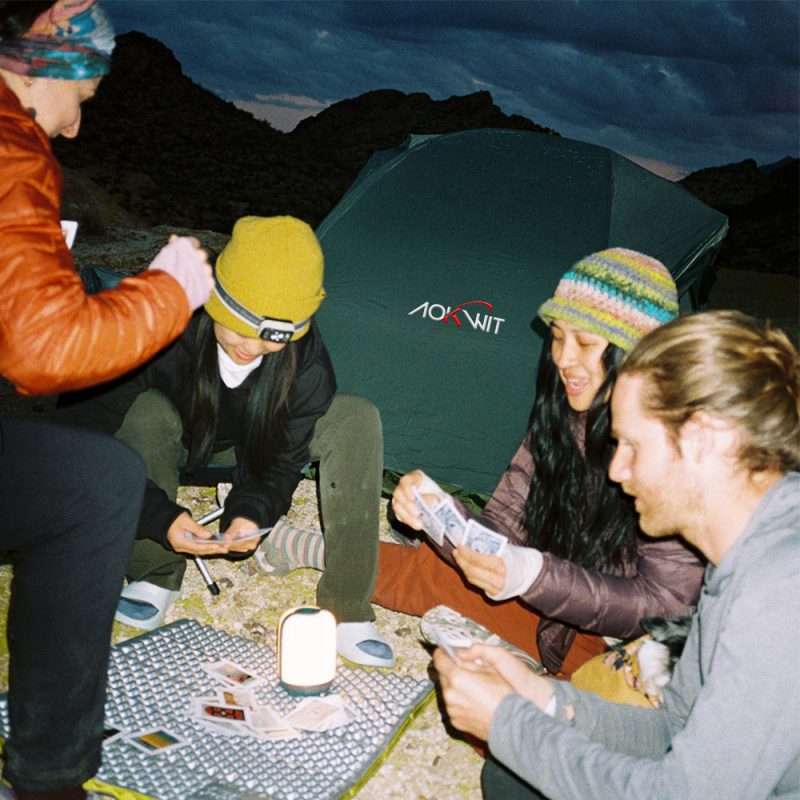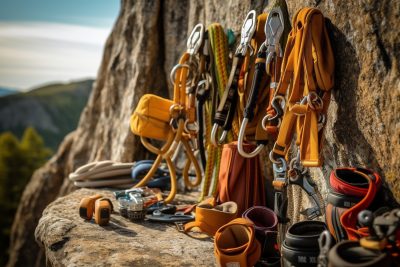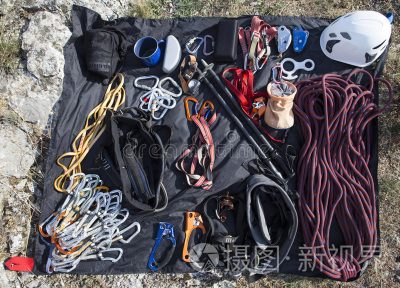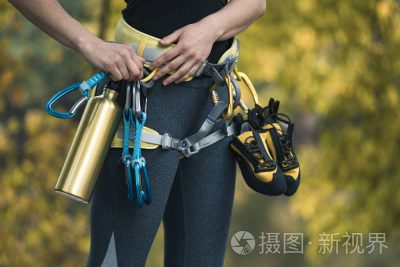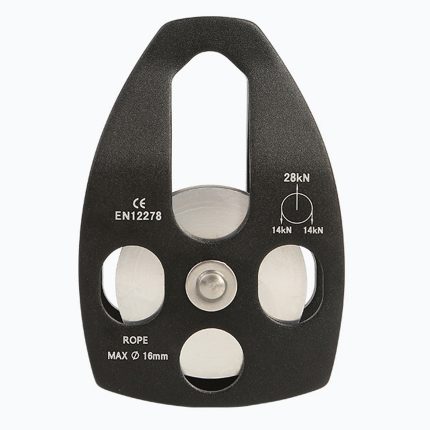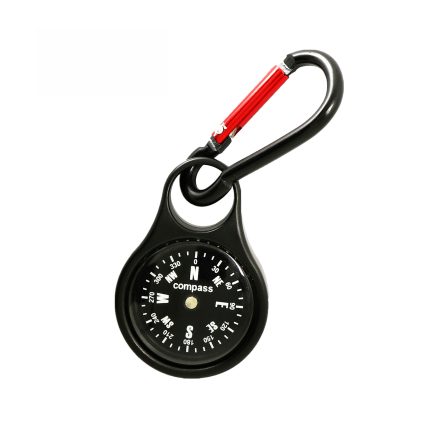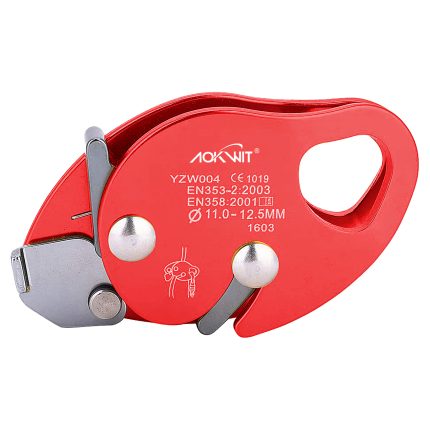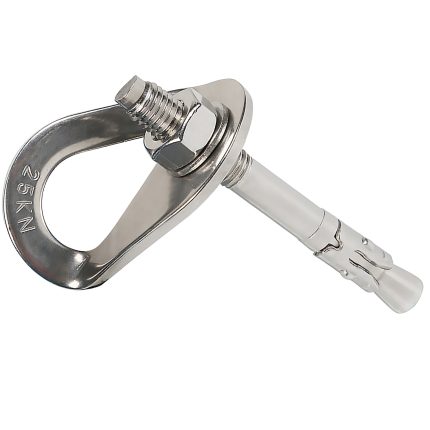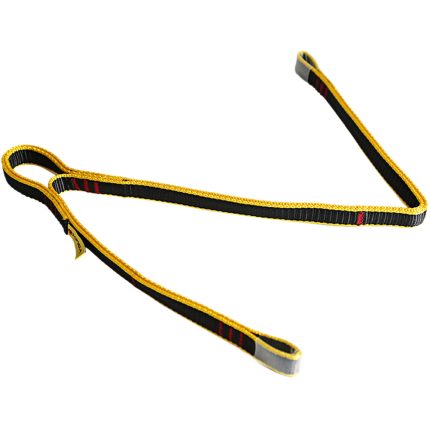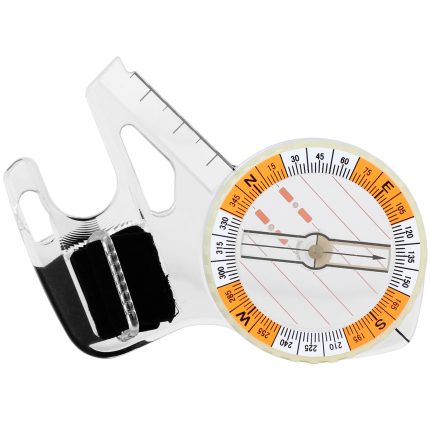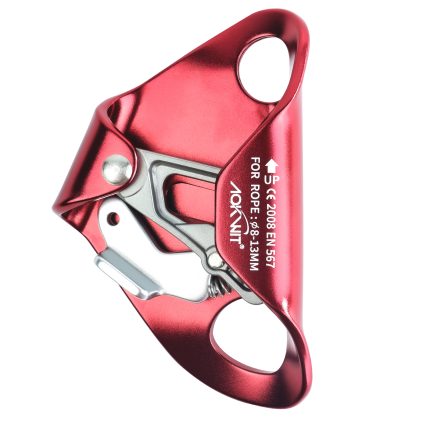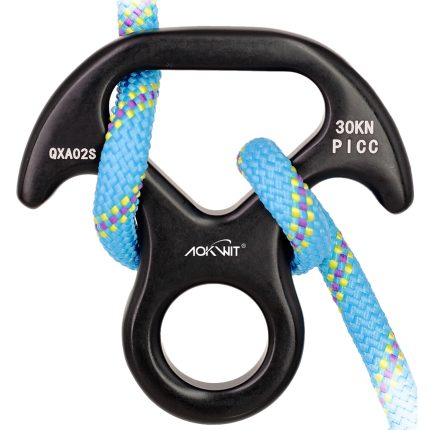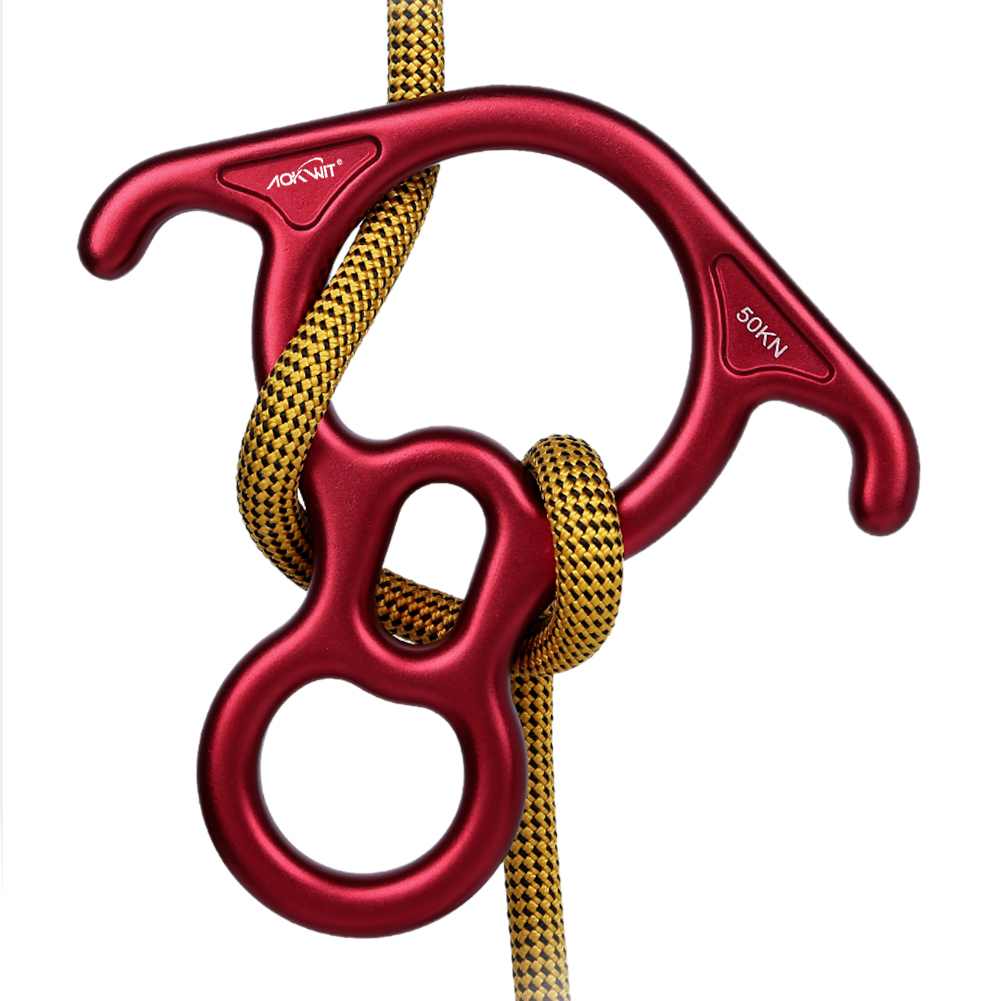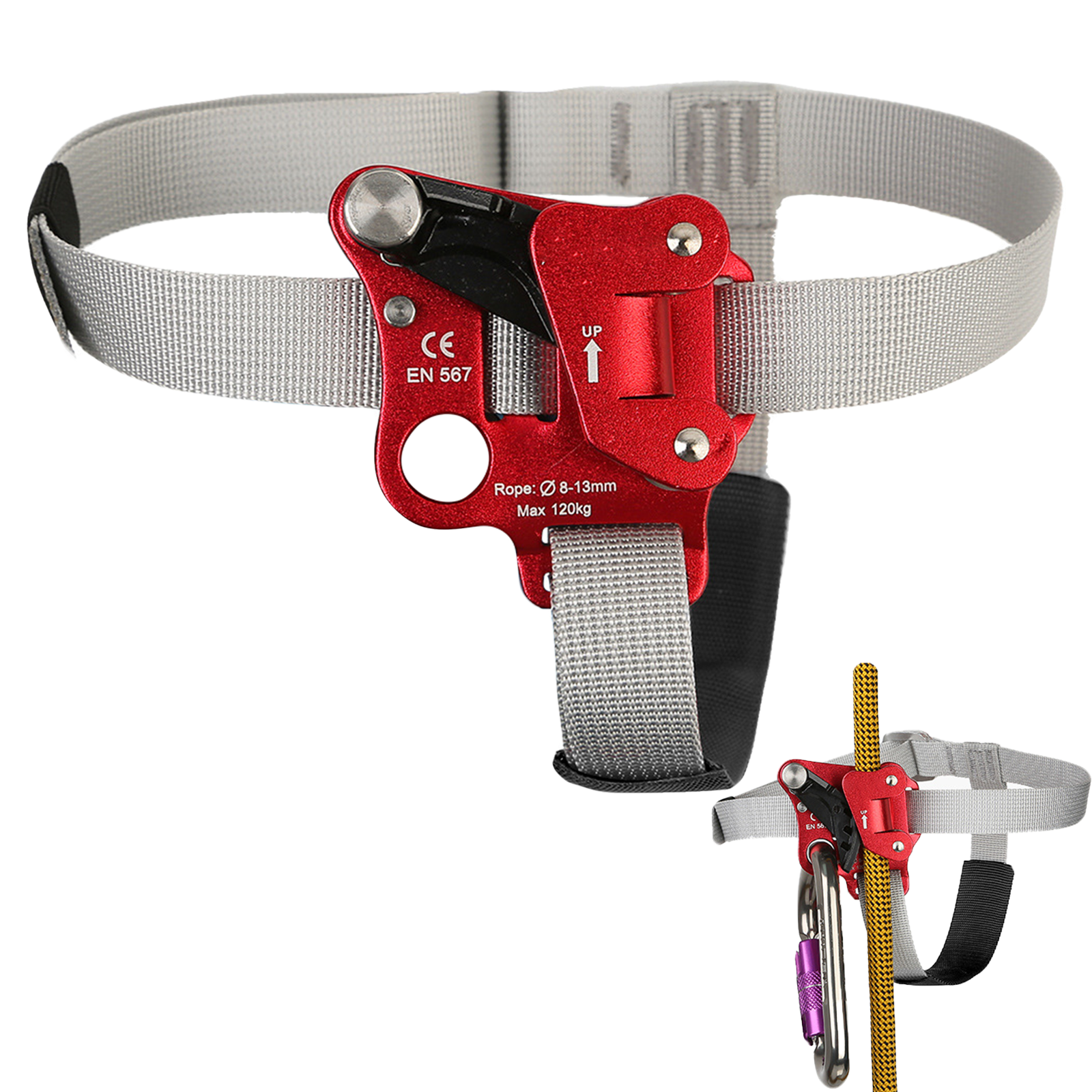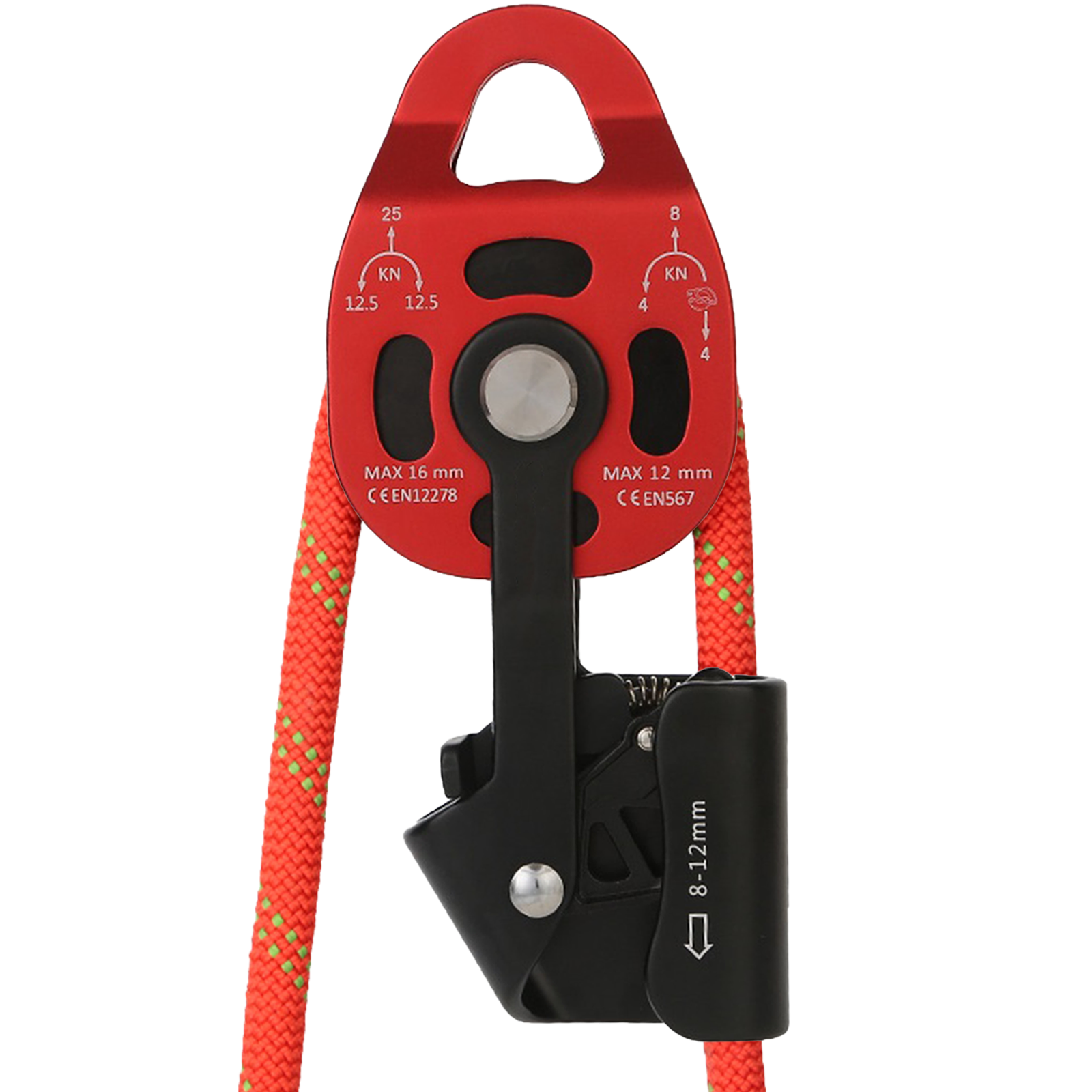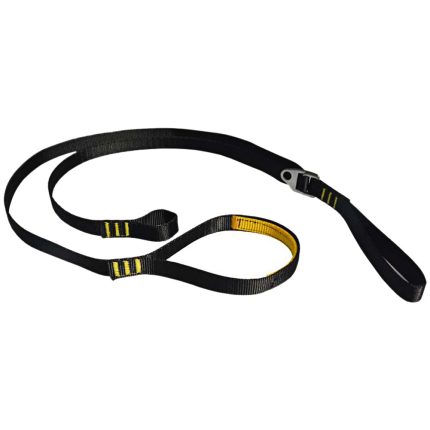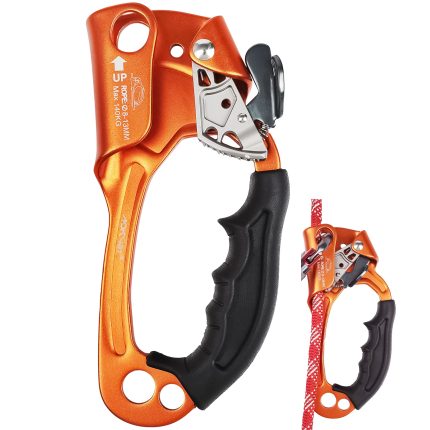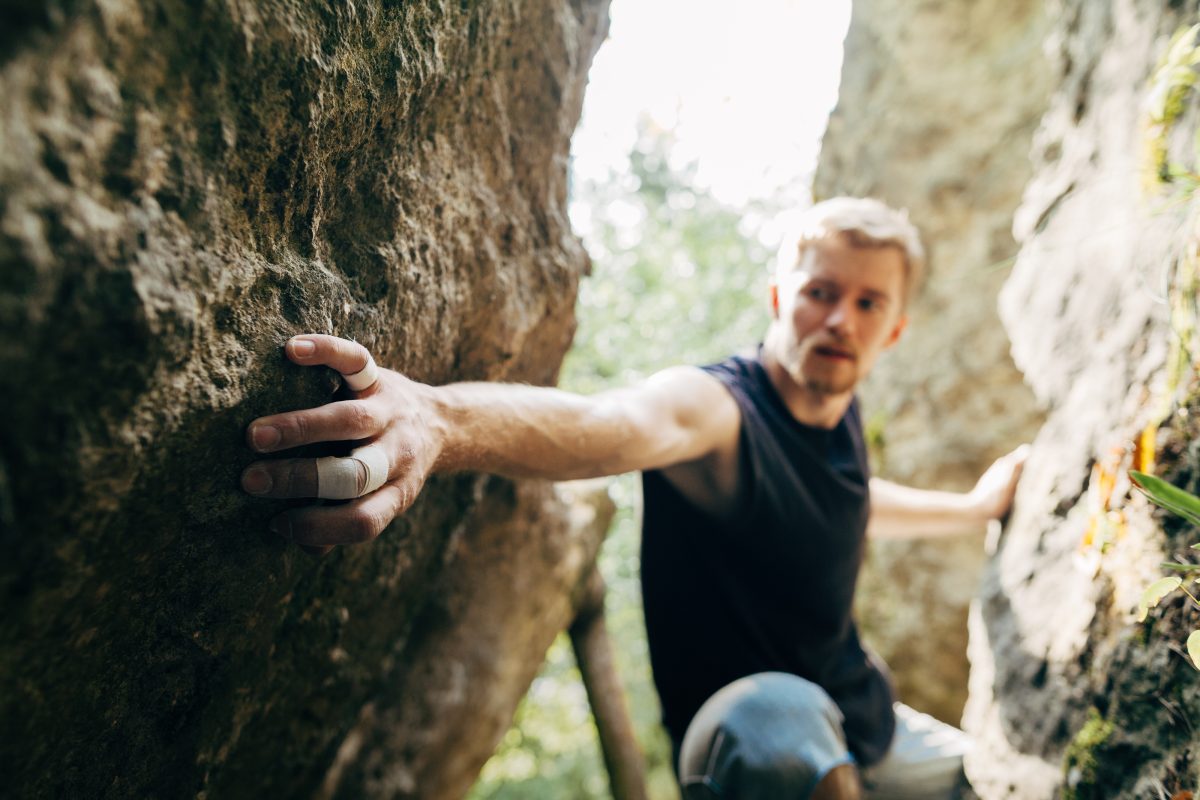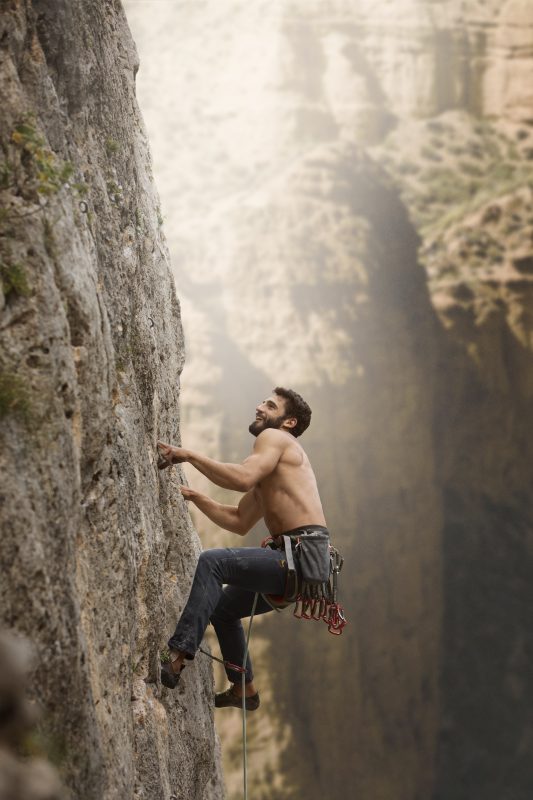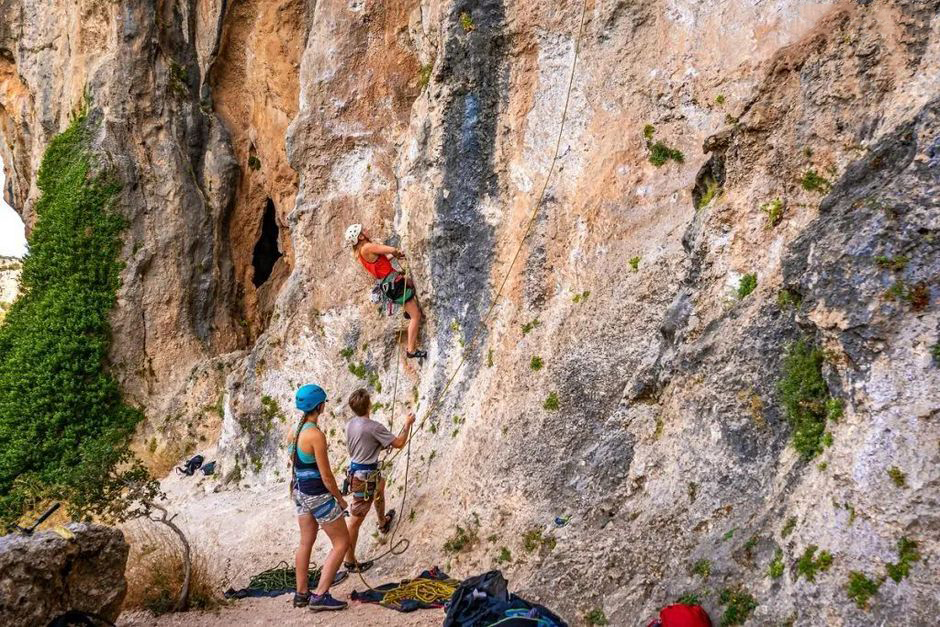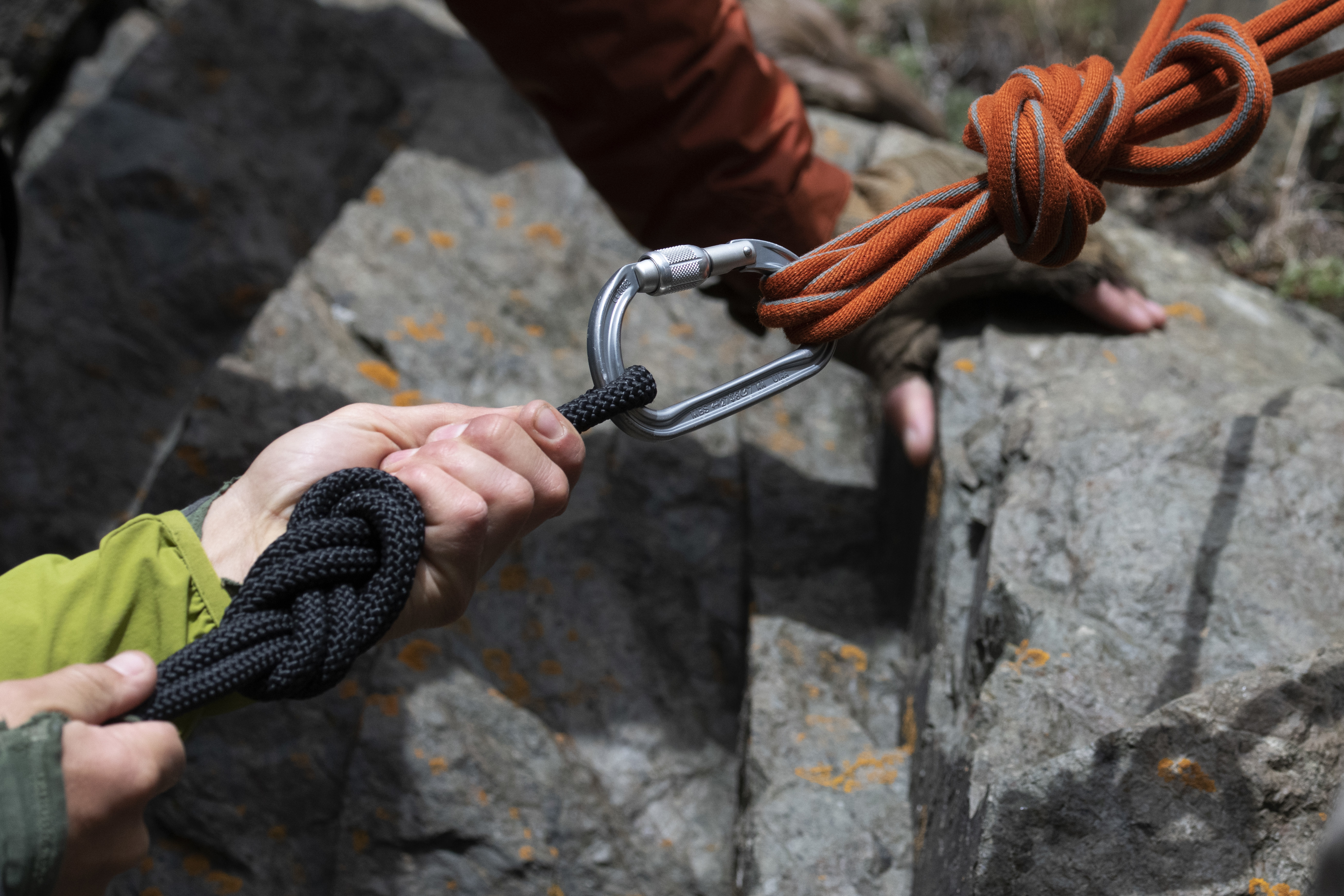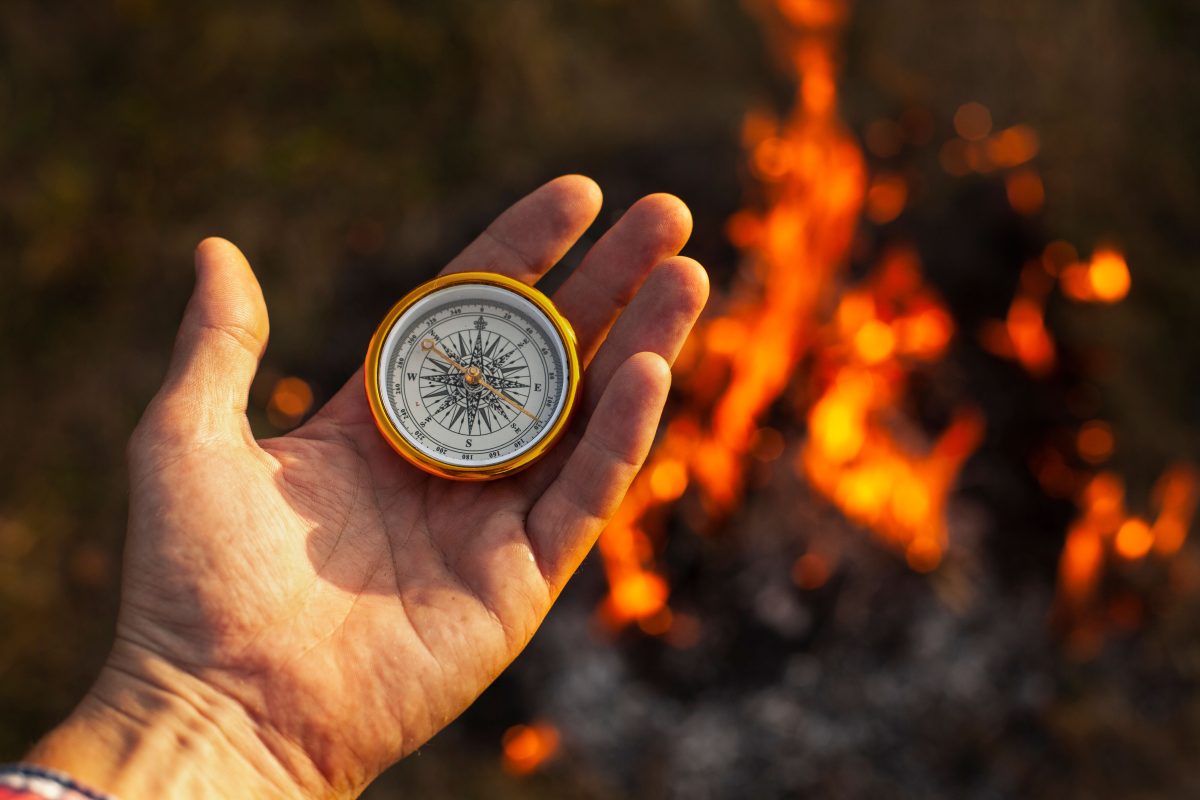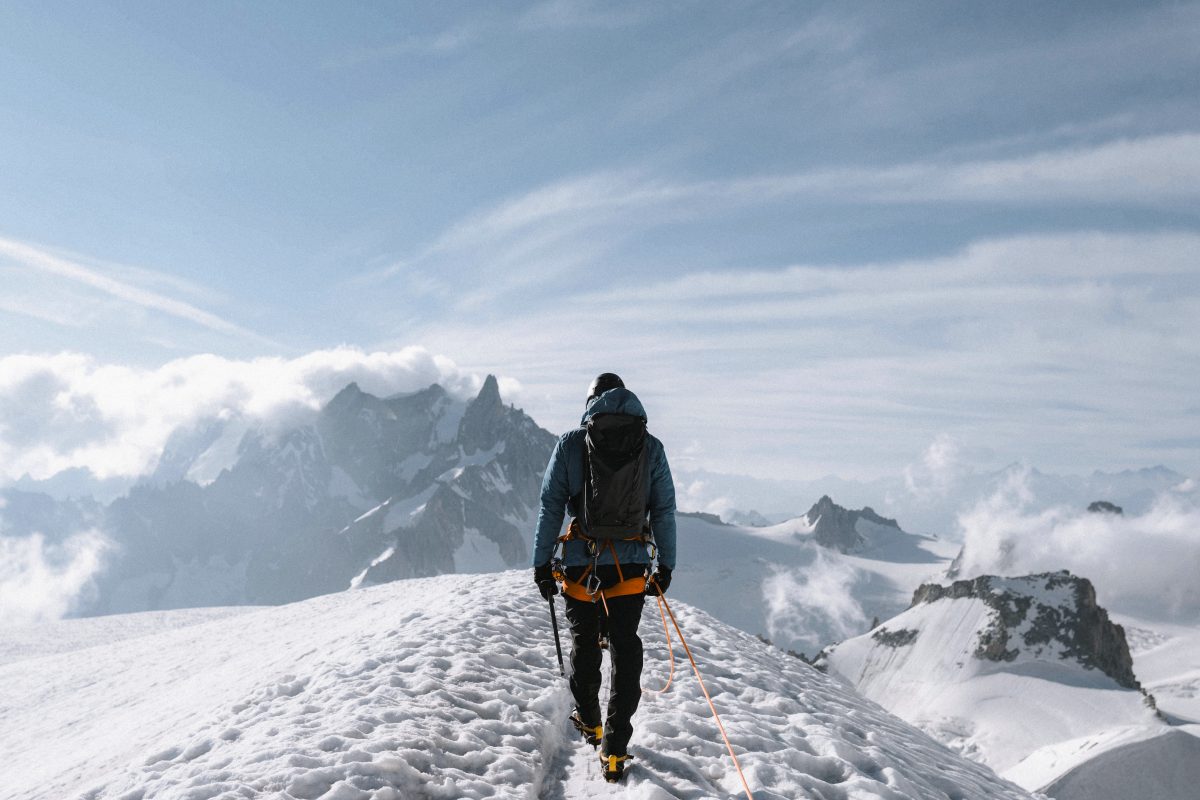Key Details to Pay Attention to in Rock Climbing
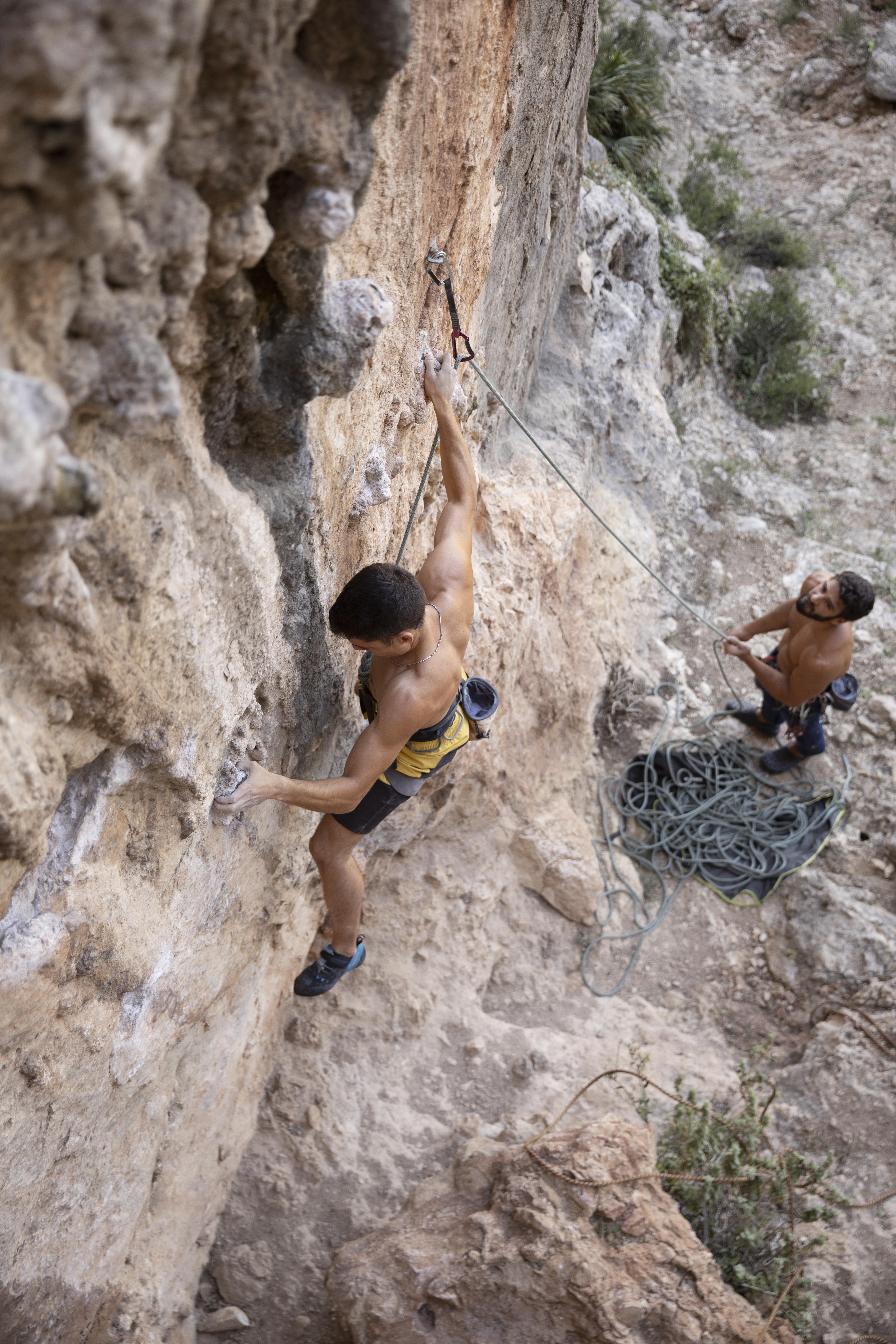
Rock climbing is an extreme sport that demands close attention to numerous details to ensure you climb higher and safer. So, what specific details should climbers focus on? AOKWIT will outline the crucial details to watch for in rock climbing.
- Foot Placement & Leg Position: Rotate your legs outward, placing the inside edge of your big toe against the rock. Keep knees slightly bent, using footholds to maintain your center of gravity. On natural rock with holds of varying sizes and orientations, adapt your technique flexibly.
- Avoid Knee Contact: Do not let your knees touch the rock surface. This compromises foot support and body balance, potentially leading to slips and knee injuries.
- Controlled Foot Pressure: When stepping on holds, avoid excessive force and consciously control the direction of your push.
- Climbing Shoes: Wear thin-soled climbing shoes approximately half a size smaller than your street shoes. This improves sensitivity and power transfer to footholds.
- Route Reading: Before climbing, observe the holds and plan your sequence. This significantly increases climbing efficiency and speed.
- Training Recommendations:
- Pull-ups: Build arm and finger strength.
- Jump rope: Enhance flexibility and coordination.
- Table tennis & board games: Sharpen judgment and decision-making.
- Swimming: Improve cardiovascular fitness, overall strength, and endurance.
- Efficient Movement:
- Keep fingers together for a secure grip on holds.
- Alternate force application between hands and feet to conserve energy.
- Employ a dynamic move (“powerful swing” or “dyno”) when necessary for greater efficiency.
- Descent Technique: When lowering or rappelling, face the wall and keep limbs extended to avoid scraping against the rock.
- Body Positioning & Center of Gravity: Maintain relaxed body positioning on rock faces. Stabilize your center of gravity using three points of contact. Shift your center of gravity smoothly as you move between positions. This is fundamental to achieving stability, balance, and efficient energy use.
- Maintain Distance from Wall: To stay relaxed, adjust your distance from the rock based on the steepness. Being too close hinders your view of the route and hold selection. (Exception: On artificial climbing walls, staying closer is often necessary for optimal movement on smaller holds).
- Natural Wall Technique: When climbing natural rock, ensure your upper and lower limbs move in a coordinated, fluid manner. Maintain a steady rhythm. Combine pulling with your arms and pushing with your legs simultaneously. Keep your center of gravity primarily over your feet. Adopt the fundamental climbing stance: facing the rock, utilizing three-point contact for stability, and maintaining an upright posture against the wall.
